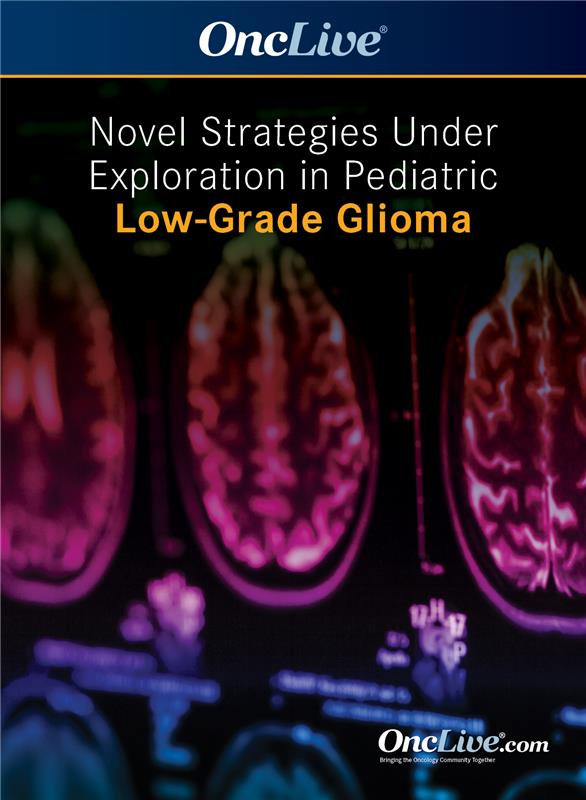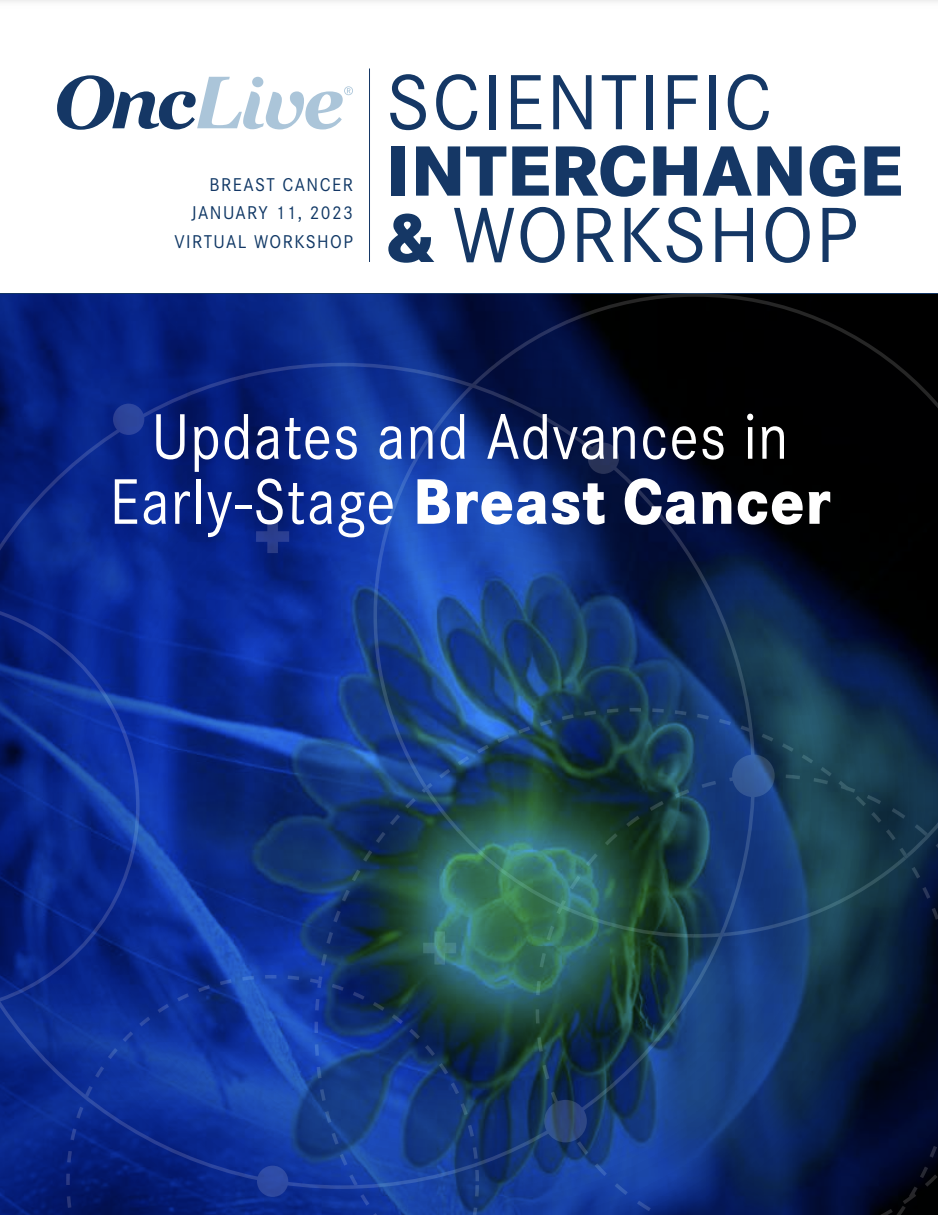Commentary
Video
Dr Kilburn on Findings From the FIREFLY-1 Trial of Tovorafenib in Pediatric Low-Grade Glioma
Author(s):
Lindsay Kilburn, MD, discusses key efficacy findings from the phase 2 FIREFLY-1 trial of the investigational type II RAF inhibitor tovorafenib (DAY101) in heavily pretreated pediatric patients with low-grade glioma.
Lindsay Kilburn, MD, neuro-oncologist, Brain Tumor Institute, Center for Cancer and Blood Disorders, and Experimental Therapeutics Program, Children’s National Hospital, discusses key efficacy findings from the phase 2 FIREFLY-1 trial (NCT04775485) of the investigational type II RAF inhibitor tovorafenib (DAY101) in heavily pretreated pediatric patients with low-grade glioma (LGG).
FIREFLY-1 evaluated the efficacy and safety of the oral, selective, central nervous system–penetrant agent in patients aged 6 months to 25 years with a RAF-altered glioma and had experienced radiographic progression on 1 or more lines of systemic therapy, Kilburn begins. The 3-armed trial included a registrational LGG arm (arm A), a LGG extension cohort (arm B), and patients with solid tumors harboring a known activating RAF fusion that had relapsed, progressed, or were nonresponsive to available treatments.
The study looked at three types of assessment criteria: RANO–high-grade glioma (HGG), RANO-LGG, and RAPNO-LGG, Kilburn continues. Although RANO-HGG was the only response criteria validated in brain tumors at the time of trial design, assessing responses in patients with LGG has become increasingly important, she explains.
Efficacy analysis from arm 1 showed that tovorafenib produced rapid, clinically meaningful radiographic responses across all response assessments, and was well tolerated, Kilburn reports. The agent produced an overall response rate (ORR) of 67% per RANO-HGG criteria, and an ORR of 49% according to RANO-LGG criteria. Clinical benefit rates (CBRs) were 93% and 83% according to respective criteria. Best ORR according to RANO-HGG was complete response (CR; 6%), partial response (PR; 61%), stable disease (SD; 26%), and progressive disease (PD; 6%). Per RANO-LGG criteria, best ORR included PR (26%), minor response (MR; 22%), SD (34%), and PD (14%).
In patients evaluated using RAPNO-LGG criteria, the ORR was 51%, the CBR was 87% in patients experiencing stable disease for any time, and the best overall responses included PRs (25%), MRs (26%), SD (36%), and PD (12%). For all populations, at least one patient was not evaluable.
The median duration of treatment on the study was 10.8 months, and 74% of patients remain on treatment, Kilburn adds. Median duration of response was not reached according to independent radiology review.










